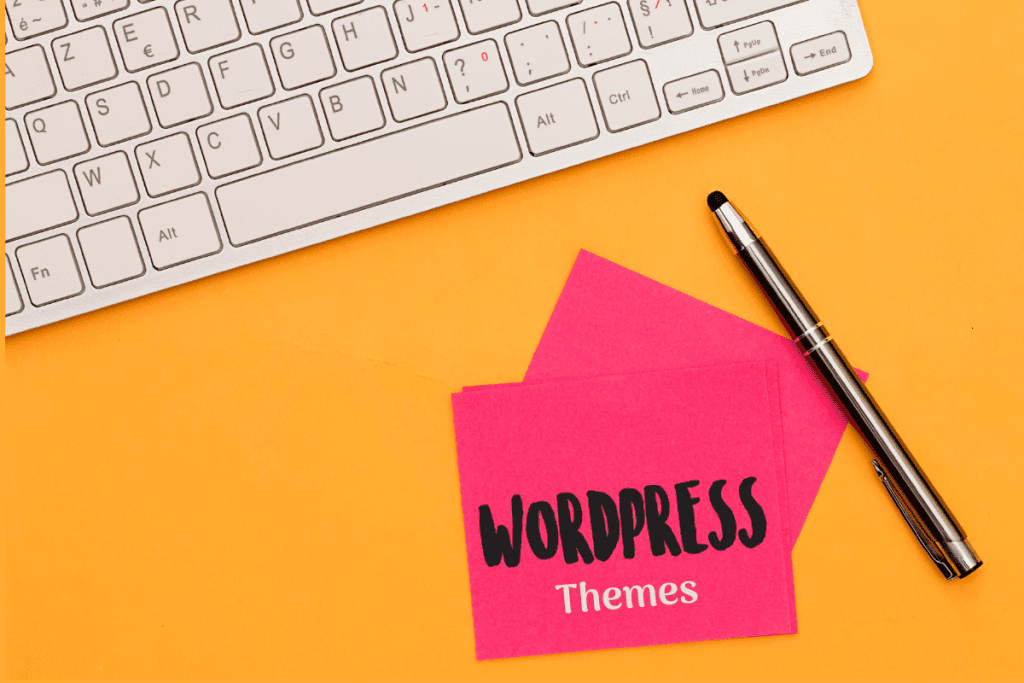
If you’re using WordPress, you must know about themes. Themes control the overall layout and design of your site. They’re a collection of files that tell WordPress what your pages look like and how they layout.
Your theme will set your layout for pages and posts, give you access to sidebars and widget area, where your navigation will appear, give you space for your logo or name for branding, handle what fonts are used and the colors that are used for fonts, backgrounds, buttons and other elements.
Some themes give you choices for fonts and colors, allow you choose from a selection of color schemes while others will have those choices built-in.
Choosing a theme
Builder type themes are very popular right now. They extend a theme by allowing you to create complex page layouts with different sections and elements. Examples of premium builder themes are Elegant Themes Divi and Elementor. Builders give you a wide variety of choices so you can build a variety of pages beyond your typical blog post.
Themes can be premium paid themes or free themes. For example, the current default theme for WordPress is Twenty Twenty, which is a free theme created by the WordPress team. You can look for free themes here: (https://wordpress.org/themes/ or from within your WordPress Dashboard under Appearance > Themes.
When checking out free themes, look at the reviews and consider how recently the theme has been updated. You can see this on the theme’s page on the WordPress.org website.
Premium Themes are themes you pay a fee to license either one time or annually. This includes builders like Divi and Elementor. These have large communities of users, and part of what you pay for is the access to support. Most premium themes have support through a forum or ticket system and some even offer a library of tutorials, code and even plugins on how to use them and set them up.
The Divi theme and builder makes it easy to create complex layouts easily, but there are some tradeoffs that come with it. One trade-off is due to how it works behind the scenes, it uses some custom code that can make switching themes later something that requires a lot of cleanup. It can still be a superb choice if you’re wanting a drag-and-drop builder.
When choosing a theme, look for a demo of that theme, so you can look at what a site might look like, it won’t be your information, but it will give you a feel for what it looks like, what blocks or areas or elements are available, what fonts are available and colors.
I’ve always advised my clients to choose a theme that’s pretty close to what they’re looking for and then customize from there – that’s much easier than trying to reinvent the wheel or start from scratch. Also keep in mind that some functionality you see on a site may not come from the theme, but may be added through a plugin.
So there you have it, themes in a nutshell. What theme will you choose for your site?
